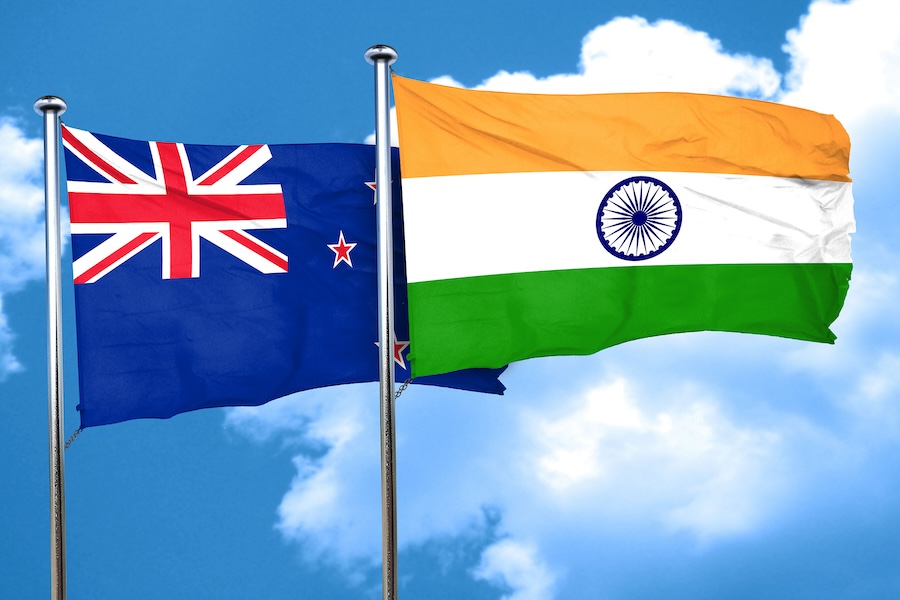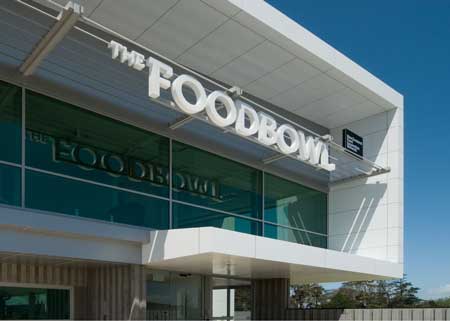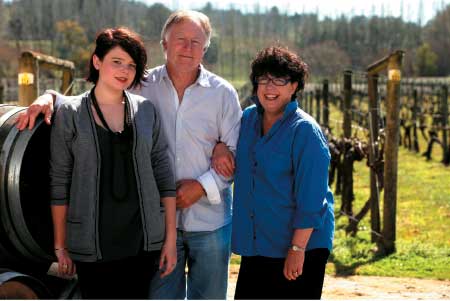New Zealand’s stance on India’s global security concerns could be pivotal in finally securing a Free Trade Agreement (FTA) with the world’s fifth-largest economy.
Jay Changlani, CEO of Orb360 and executive board member of the India New Zealand Business Council, believes New Zealand’s focus on agricultural exports, particularly dairy, has hindered progress toward an agreement since discussions began in 2007.
“India is the world’s largest milk producer—they do not need or want New Zealand’s dairy products any more than we need theirs,” he says.
“We need to accept this reality and move beyond a transactional trade agreement by taking dairy off the negotiating table.”
Instead, Changlani recommends that New Zealand focus on addressing systemic challenges faced by India, such as international security concerns and economic collaboration. He points to India’s trade agreement with Australia as a successful example of geo-political support translating into economic cooperation.
“The first thing NZ can do is to follow the lead of Australia and publicly back India in all security alliance matters between Canada, the U.S., the U.K., Japan, and Australia,” he says.
Changlani also highlights the potential for deeper collaboration through workforce integration, which could address India’s labour underutilisation while improving productivity in New Zealand.
“There are around 20 million unemployed people in India’s labour force of 580 million. With labour utilisation a key issue for India, there is a significant opportunity to look at how we can create mutually beneficial growth opportunities for both nations,” he says.
His firm, Orb360, has adopted a trans-national service model where New Zealand-based professionals partner with Indian counterparts to handle administrative and process-driven tasks. This approach has increased the firm’s efficiency by 20% and enabled rapid expansion.
“We’ve grown to 20 staff in New Zealand and 10-15 in India, serving 2,000 clients. This model has helped us spread fixed costs and ensure faster turnaround times. It’s a solution other Kiwi businesses could adopt, especially as many accounting firms are at capacity.”
Changlani also calls for a review of New Zealand’s tax policies to attract skilled talent from India.
“To attract IT specialists in blockchain, QR code payments, and other critical fields, we need to lower our non-resident withholding tax rate, which is currently 15 percent. Competing countries like Singapore have a rate of just five percent. This tax structure can deter high-value talent from choosing New Zealand,” he says.
While there is little demand for dairy products in India, Changlani sees significant opportunities in other sectors, such as agrotechnology.
“New Zealand excels in agrotechnology, and with India under pressure from population growth and climate change, we can offer expertise in organic farming and low-emission agriculture. There’s also potential for joint ventures in emerging technologies like the space sector,” he notes.
Changlani believes that focusing on India’s broader needs, from workforce collaboration to sustainable agriculture, will create a stronger foundation for an FTA.
“Once we’ve established a viable relationship, we can develop agreements around intellectual property and profit-sharing that contribute to the growth of a sustainable global food system and other high-value sectors,” he says.
With over 70 countries already covered by New Zealand’s FTAs, India remains a missing piece in the puzzle – one that Changlani says could finally fall into place through strategic partnership and a shift in focus.




